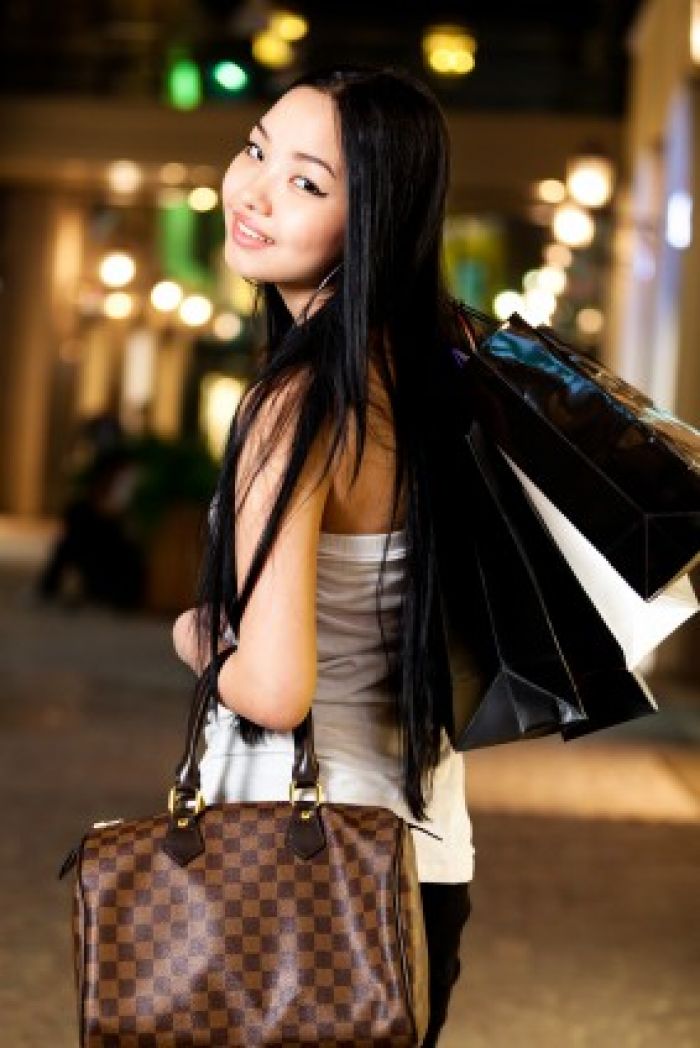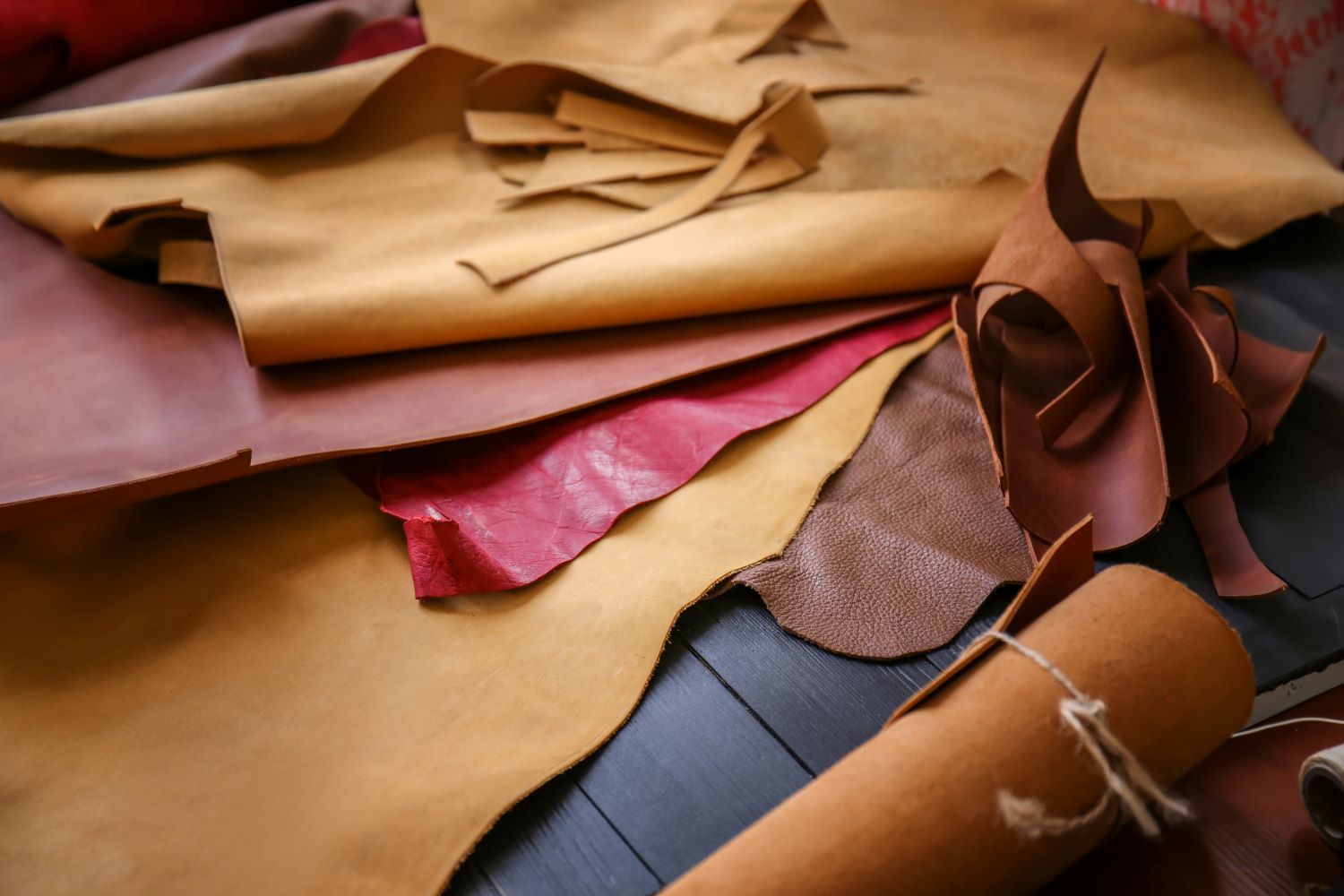
Three years since it was first predicted that the recession and the ensuing meltdown of the global economy would bring the consumer world to its knees, the luxury fashion retail sector has continued to go from strength to strength.
Last year, English leather goods stalwart, Mulberry, reported record sales and PPR, (the group that owns Alexander McQueen amongst others), continues to expand at an astonishing rate. Arguably the most iconic British luxury fashion brand, Burberry, has recently reported storming sales figures and like many of its contemporaries appears to be very much recession-proof.
These facts beg the question: why are extravagantly expensive, high-end luxury fashion brands remaining so popular when we are constantly being reminded that times are still tight and in response we should all tighten our belts that little bit more?
Luxury shopping in London for example,has benefited in recent tough times not only from the Brit enfant terrible attitude, but also from wealthy foreigners who each summer flock to the capital to partake in some of the finest shopping in the world. Affluent tourists bolstered UK luxury fashion shopping throughout the recession and it looks as if they are set to continue spending on our shores.
Luxury shoppers from mainland China and Hong Kong account for about 30% of the luxury goods market in Britain, followed by Russians, Arabs and Japanese.
The element of quality in traditional luxury fashion and leather goods is important to understand why luxury shopping has prevailed in austere times. It is interesting that many consumers are more than happy to cut back when it comes to FMCG goods- often choosing to buy own-brand household items rather than more expensive, established options- yet they are inflexible when it comes to buying a great pair of shoes or a beautiful handbag.
This mentality can be attributed to this simple logic: “buy cheap, buy twice”. A Mulberry handbag may set the UK women back by at least £600, but this £600 is an investment, it has bought her more than just a exquisite handbag; it has bought her peace of mind, a security that her purchase will stand the test of time and will not need to be replaced in a year or so. In today’s somewhat uncertain times, this consumer choice is a no brainer for the money-savvy, fashion-forward femme.
The continued success of luxury shopping during the recession and beyond has captivated economists the world over; how can brands that flat-out refuse to commoditise survive an icy climate of restrain?
Interestingly, it is this reluctance that sets the luxury retailer apart from the rest of the pack and makes it all the more attractive. The psychological and emotional power of aspirational shopping should not be underestimated; in a world of bland, generic, low-cost goods, the fantastical offers a welcome counterpoint. Moreover, the fact that luxury shopping is what it is- luxe, exclusive, uncompromising and unyielding- affords it a lucrative integrity sadly missing from the majority of today’s high street.
Perhaps the defining point is that luxury fashion brands constantly challenge our preconceptions of them; they keep us guessing what is coming next, they are highly creative and very exciting. Instead of commoditising, they invent and reinvent, and this is at the core of their success.













